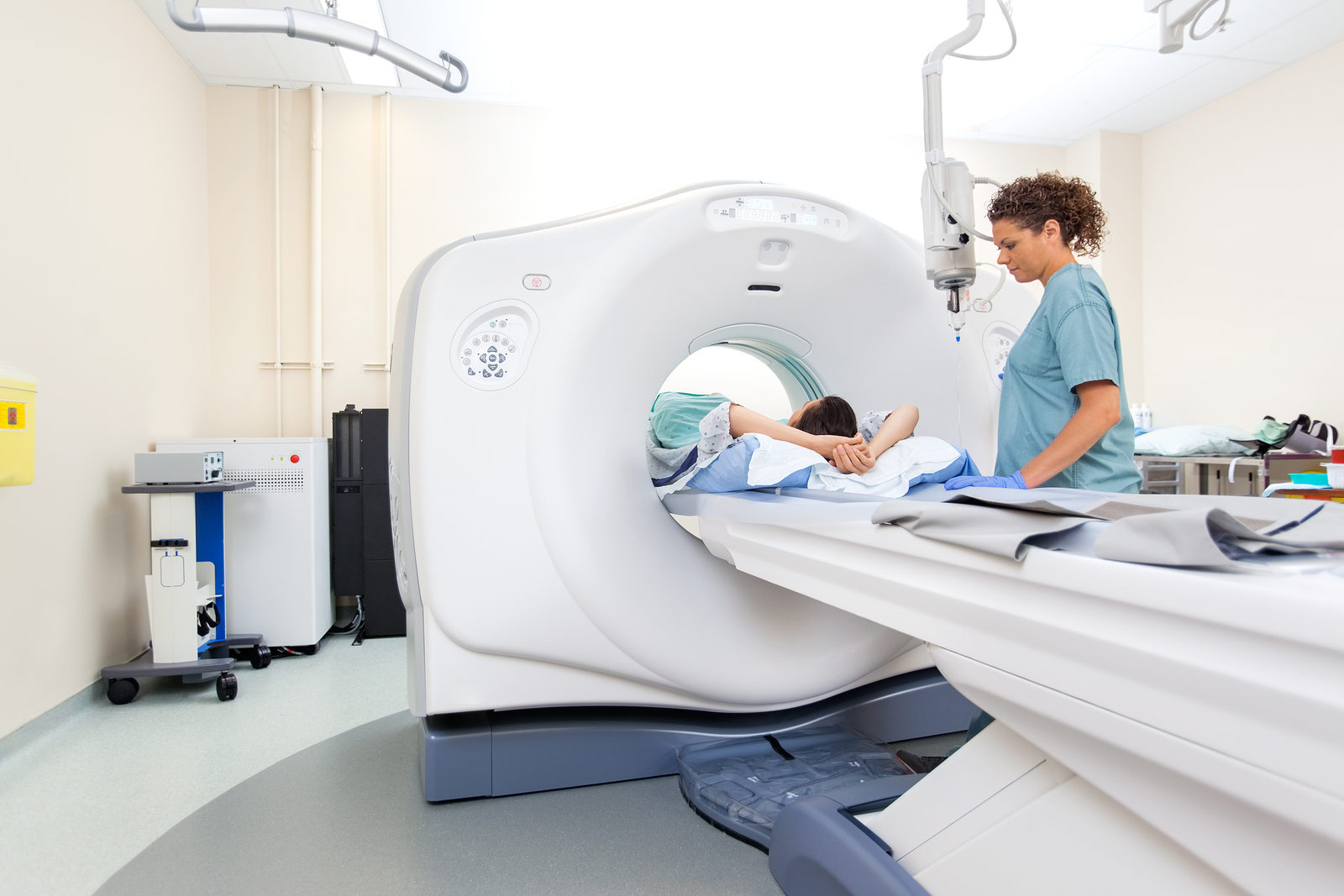Introduction to PET Scan in Bangalore
PET CT scan detects the spread of cancer, neurological diseases, heart problems, and other bodily abnormalities. PET scans detect changes at a cellular level, while CT scans identify the anatomical differences in the body that has already developed.
PET CT scan detects the spread of cancer, neurological diseases, heart problems, and other bodily abnormalities.
PET scan detects the spread of cancer, neurological diseases, heart problems, and other bodily abnormalities.
PET scans are a kind of nuclear medicine procedure that uses a radioactive tracer to look for cancerous cells in the body. The radioactivity is injected into your bloodstream or body via injection site(s) externally (injected into muscle tissue).
PET scans detect changes at a cellular level, while CT scans identify anatomical differences in the body that has already developed.
The PET scan is a diagnostic imaging technique that uses a radioactive tracer to image the metabolic processes of living cells. The tracer binds to specific cellular receptors, emitting alpha particles (t1/2 = 12 min).
The CT scan (computed tomography) shows the anatomy of your body in a cross-sectional view. It has been frequently used for many years to visualise internal structures such as soft tissue, bones and organs. However, it cannot show details below 5 mm thick or more profound than 1cm away from its surface due to its significant volume elements (voxels). This limitation makes it unsuitable for detecting small lesions like cancers in their early stages, where they might not be visible otherwise.
The test involves an injection of radioactive tracers in your body which helps function your organs for a short period (almost 20 minutes).

The test involves an injection of radioactive tracers in your body which helps function your organs for a short period (almost 20 minutes). The PET scanner will detect these tracers and give you an image of the functioning of various tissues.
The procedure is painless, but if you get an injection on your arm, it may be slightly uncomfortable as there will be some itching sensation during and after the injection.
A computer then attaches this information to a 3D image of your body, showing how tumours, tissues or organs function.
A computer then attaches this information to a 3D image of your body, showing how tumours, tissues or organs function.
PET scans are used to detect cancer and other diseases in the body by using radioactive tracers. These include:
- Radiopharmaceuticals (radioactive substances) emit gamma rays, X-rays or positrons (antimatter particles). These are injected into your blood vessels and then absorbed by your organs and tissues. Radiologists can measure the resulting radioactivity in PET scans by detecting emitted radiation from these molecules as they move throughout the body.* Blood flow imaging with radiolabeled microspheres* Blood volume measurement using ultrasound
Advantages of PET Scan in Bangalore
A PET scan in Bangalore is advantageous as it can detect abnormal growth even before it can be seen with other types of tests like MRI or X-ray.
A PET CT scan is a medical test that uses a computer tomography machine to take pictures of the inside of your body. It diagnoses cancer (including non-cancerous tumours) and other diseases. The test uses a radioactive substance called fluorodeoxyglucose (FDG). This type of FDG works by attaching itself to cancer cells, allowing doctors to see them clearly on an image taken from within your body.
One significant advantage of PET scan is that it helps in early detection without having to perform any invasive procedures. With this test, you can detect abnormalities in the body and tumours, cancerous tumours and other diseases like heart problems or neurological disorders.
This procedure aims to discover abnormalities in your body’s tissues by using radioactive material that leaves behind traces on a PET scan image when it comes into contact with the tissues we want to image (the organ being scanned).
PET scanning helps identify blockages or masses within the body but fails to provide information on their functionality. CT Scan is more accurate and provides the doctor with additional information about how procedures will work for you.
PET Scan is more accurate and provides the doctor with additional information about how procedures will work for you.
A PET scan is more expensive than a CT scan. The cost of a PET scan in Bangalore depends on where you live and how many tests are done at one time. In some cases, it may be cheaper than doing two or three scans at once because you won’t have to pay for all of them separately (as long as they’re related).
A PET CT Scan helps in early detection and treatment planning for better outcomes.

PET (positron emission tomography) is a radiological imaging technique that uses positrons, which have the same properties as neutrinos, to detect certain diseases at a cellular level. PET scans are widely used to detect cancer, neurological disorders, heart problems, and other bodily abnormalities. PET scans can also use them to image organs like kidneys or liver so that PET scans can detect any abnormalities early on before they become severe enough to cause complications later on in life.
Conclusion
PET CT scan detects the spread of cancer, neurological diseases, heart problems, and other bodily abnormalities. PET scans detect changes at a cellular level, while CT scans identify anatomical differences in the body that has already developed. The test involves an injection of radioactive tracers in your body which helps function your organs for a short period (almost 20 minutes). A computer then attaches this information to a 3D image of your body, which can show how tumours, tissues or organs function. It also helps identify whether the treatment prescribed for you has been effective.







